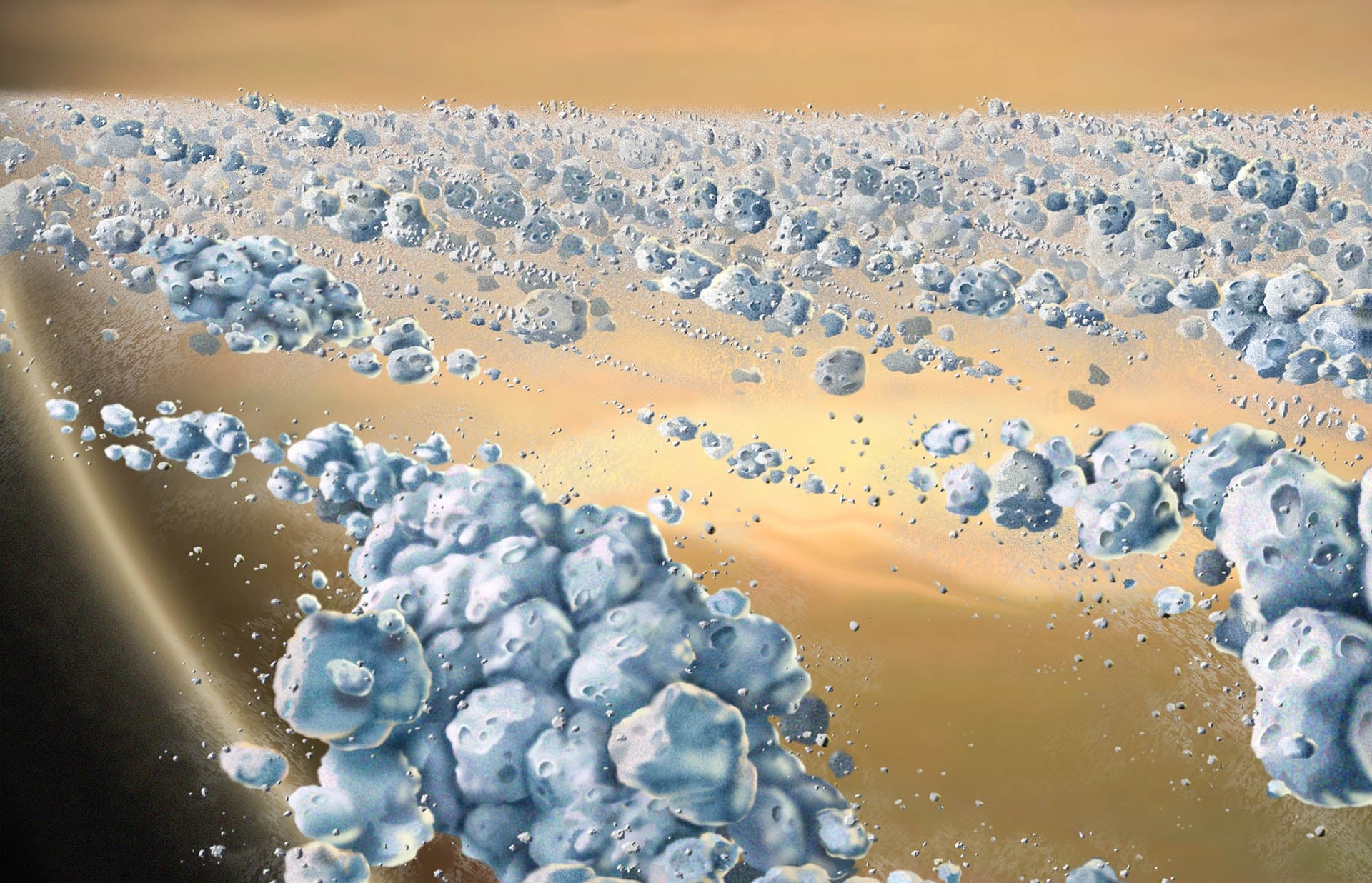In 20 million years, humans could watch Mars get its own Saturn-like ring
If the future pans out as Elon Musk imagines, some day humans on Mars could get to watch a spectacular phenomenon. Over the period of days or weeks—some 20 million years from now—they could see Mars’s gravity tear apart Phobos, its largest moon, and form the remaining fragments into a floating ring.


If the future pans out as Elon Musk imagines, some day humans on Mars could get to watch a spectacular phenomenon. Over the period of days or weeks—some 20 million years from now—they could see Mars’s gravity tear apart Phobos, its largest moon, and form the remaining fragments into a floating ring.

Phobos’s likely fate is the result of its size and precarious position around Mars. It’s only 22 kilometers wide and just 6,000 kilometers from the planet. Scientists have known that Phobos is spiraling to its death, and they predicted it to either crash in to Mars or break apart.
New calculations published Nov. 23 in Nature Geoscience by Benjamin Black at the University of California, Berkeley and Tushar Mittal at the City University of New York, based on models about Phobos’s rock strength, predict that the end will come by crumbling.
Watching Phobos in its first phase of death could tell astronomers about a process that may have been common in the early life of the solar system. Researchers believe that Saturn’s rings may have formed by the same process.
Phobos won’t be the only moon in our solar system to suffer this fate. Neptune’s moon Triton probably faces the same destiny. And there is a small chance that, as the sun grows in size toward the end of its life, it will force Earth’s moon to spiral toward our planet, causing it to break into a ring of dust and fragments, too. But at the moment, our moon is spiraling away—leaving Earth with a moonless, ringless future.